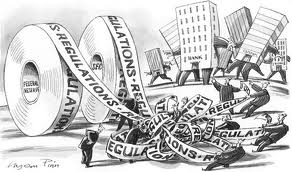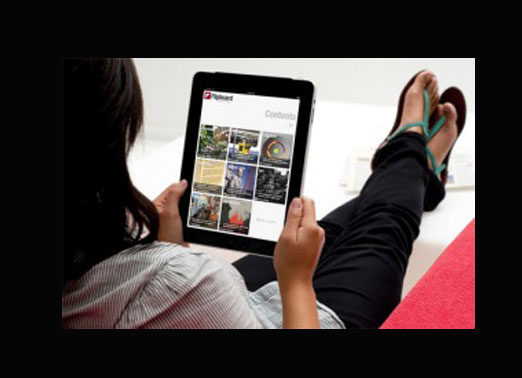Making Tough Decisions
On my entrepreneurial path, I have realized many things come down to a few key decisions. Sometimes they are very tough decisions that can have a significant impact on people’s lives. This is what being an entrepreneur and leader of a company is all about. It is about making the big decisions that will either lead you to your success or demise. The demise part comes by not acting and putting off these tough decisions that need to be made.
These decisions can come in the form of people that should or shouldn’t be with your company, products or services that you should or shouldn’t have, or in the strategic direction of your company.
We have been having a challenge with our solutions sales manager in generating results. When he started, we worked hard to help him gain understanding of the marketplace, CRM, leads source, and messaging. We invested significant time and resources before he even started to make calls or send emails. Then after the calls and e-mails started, the volume of activity didn’t produce the needed appointments to create sales.
This left me with lots of discussions with my partners on what to do. You hate to make a change when you have made a large investment of time or money into something. You listen to the excuses that are made for why the results aren‘t there. You want to go with it, but your gut tells you something is still wrong. We even offered a commission only option as the last attempt to keep a relationship because a very small part of me said he may just need more time. Finally, my partners and I faced the writing on the wall and said enough is enough.
This is never an easy thing to do, and only a sadist would enjoy it. Afterwards, you often realize that your gut was right, and you wonder why you didn’t take this action before, especially when all this evidence surfaces supporting your decision when you finally make it.
I’ve had to do this more times in my career than I would like to admit. When I have to let someone go, I feel like I’ve failed, like I didn’t do a good enough job in the hiring process, which should have prevented this. Efficience has a very stringent hiring process, but it isn’t foolproof, so these things happen.
Whenever you have a parting of the ways, it seems to be inevitably in the best interest of all involved. The person let go learns from the situation and moves on to seek an opportunity better suited for them, and the company also learns from the circumstances and refocuses to find someone better suited for their needs. Obviously, some people deny responsibility and blame the employer, but typically I have seen people move on to positions in which they were able to excel and advance their careers.
We all have strengths, and we just need to be freed up to find them sometimes. Are you holding back and avoiding making a decision that would be in the best interest of all involved?



 This continued for a few years. Now all our team members, from the lowest to the highest paid, have cell phones. At this point, eight of them have smartphones, and I see the rest upgrading in a year or so. I can see this new global customer base growing right before my eyes.
This continued for a few years. Now all our team members, from the lowest to the highest paid, have cell phones. At this point, eight of them have smartphones, and I see the rest upgrading in a year or so. I can see this new global customer base growing right before my eyes.


